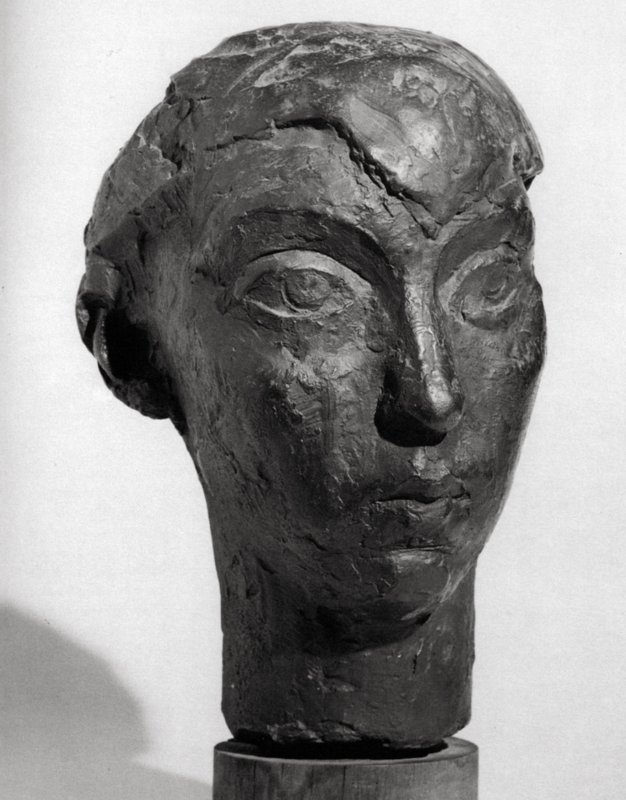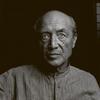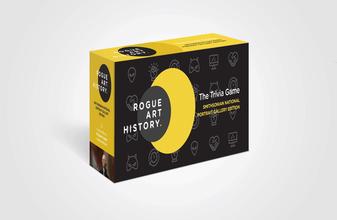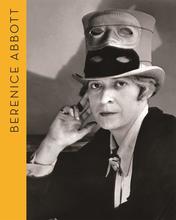More about Berenice Abbott
- All
- Info
- Shop
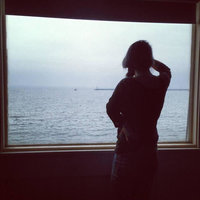
Contributor
Isamu Noguchi’s sculpture of Berenice Abbott frames her character well: beautiful, tough skinned, and rough around the edges.
One needs tough skin to be a queer artist from Ohio and take on cities like New York and Paris, especially in the early 20th century. That’s exactly what Abbott did and quite successfully.
Berenice Abbott was an artist with her own mind and wasn't really interested in what others thought of her. She was quite a drinker, a chain-smoker, and loved to dance. In fact, Julia Van Haaften author of “Berenice Abbott: A Life in Photography” writes, she and Man Ray were actually kicked off the dance floor for “obscenity”. She roamed around various nooks and crannies of New York City to take her photographs. When one of her supervisors suggested that nice girls don’t go to the Bowery, she replied she cared less about being a nice girl and that she’s a photographer, and went anywhere.
Abbott was quite adept at making connections which helped her career move forward. She was able to set up her own studio in Paris with the help of none other than art collector and socialite, Peggy Guggenheim. It’s no surprise she befriended the sculptor Isamu Noguchi, who is the subject of many of Abbott’s photographs. She was once a sculptor herself but decided that photography was far more interesting. Her introduction to portrait photography grew out of her job as Man Ray’s assistant. However, her photographs of New York streets are directly linked to artist Eugène Atget. Of course the artist was also a friend of Abbott’s and after his death, she played a large role in introducing his work to the public.
Abbott later abandoned portrait photography and took a more objective approach. She believed that we all lived “in a world made by science,” and photography could serve as “a friendly interpreter between science and the layman.” According to Abbott, not everyone could be this interpreter, especially not scientists. During an interview at the physical science study committee at MIT, she recalls saying that “scientists were the worst photographers in the world” and that they “needed one of the best,” which of course was her.
This objective photography included scenes of a changing New York for the Federal Art Project. The Museum of the City of New York exhibited a second major solo exhibition featuring Abbott’s works called “A Woman Photographs the Face of a Changing City.” One of the most fascinating things associated with this exhibition are the captions for the photographs written by writer and art critic Elizabeth McCausland, Abbott’s longtime partner. These captions, that interpreted Abbott’s works beautifully, were meant to be included in the book cataloging Abbott’s New York scenes. Her captions were never included, though, since the publisher E.P. Dutton had other ideas. He meant for the book to be a tourist guide to New York, which apparently called for dry factual captions instead. These archival papers give us a glimpse into their relationship. Both lived together in New York for about 30 years until McCausland died of chronic health issues. Abbott continued to work, gaining popular recognition in the 1970s.
Sources
- Calev, Suzanna and Lindsay Turley. “Berenice Abbott and Elizabeth McCausland in a ‘Changing New York’,” MCNY Blog: New York Stories (blog), Museum of the City of New York. June 25. 2013. https://blog.mcny.org/2013/06/25/berenice-abbott-and-elizabeth-mccau
- “Changing New York,” Photo Histories, August 28, 2018. http://www.photohistories.com/photo-books/35/changing-new-york
- Garner, Dwight. “‘Berenice Abbott’ Captures a Large and Star-Studded Life,” The New York Times, April 9, 2018. https://www.nytimes.com/2018/04/09/books/review-berenice-abbott-julia-v…
- O’Hagan, Sean. “Berenice Abbott: the photography trailblazer who had supersight.” The Guardian. March 10, 2015. https://www.theguardian.com/artanddesign/2015/mar/10/berenice-abbott-sc…

